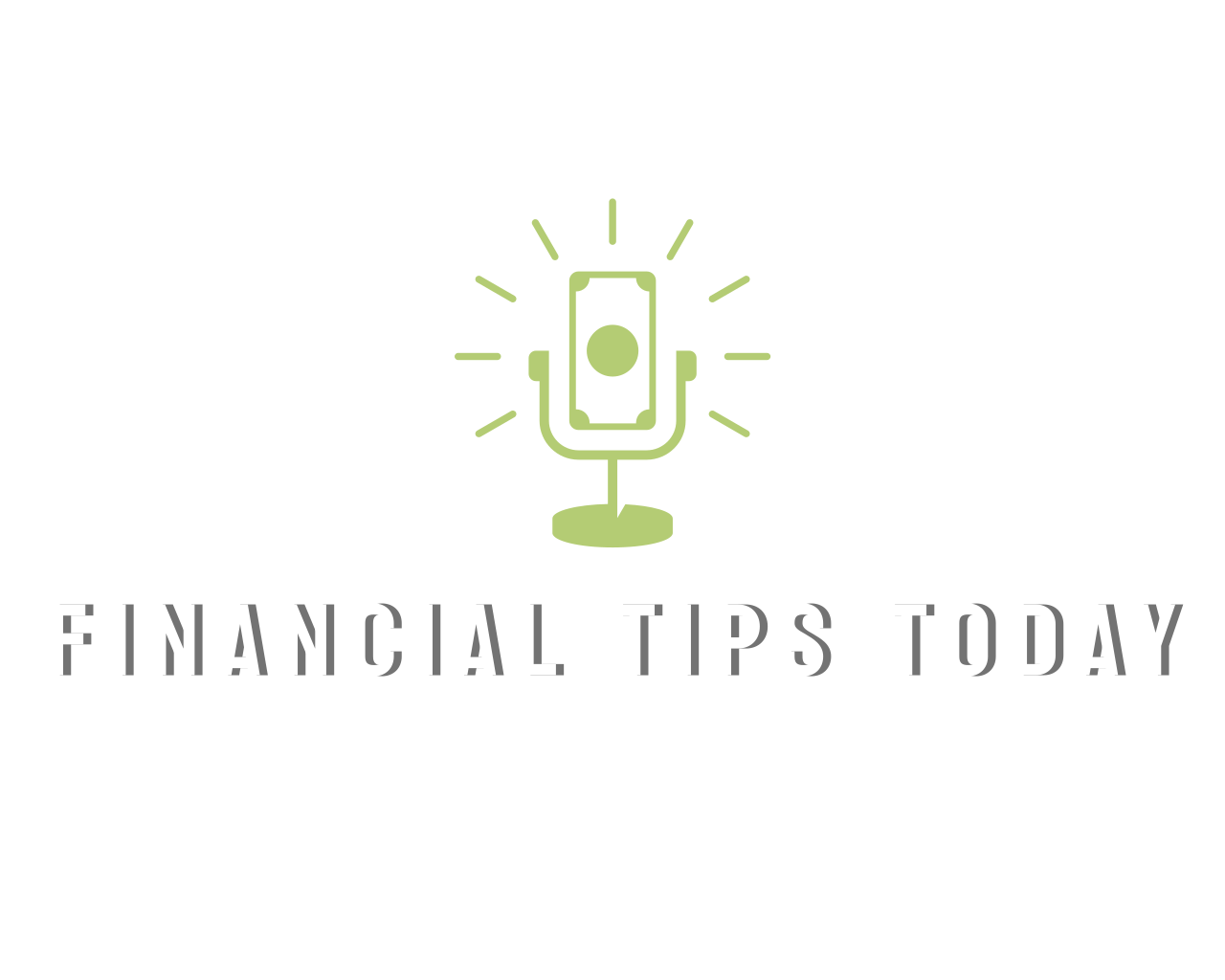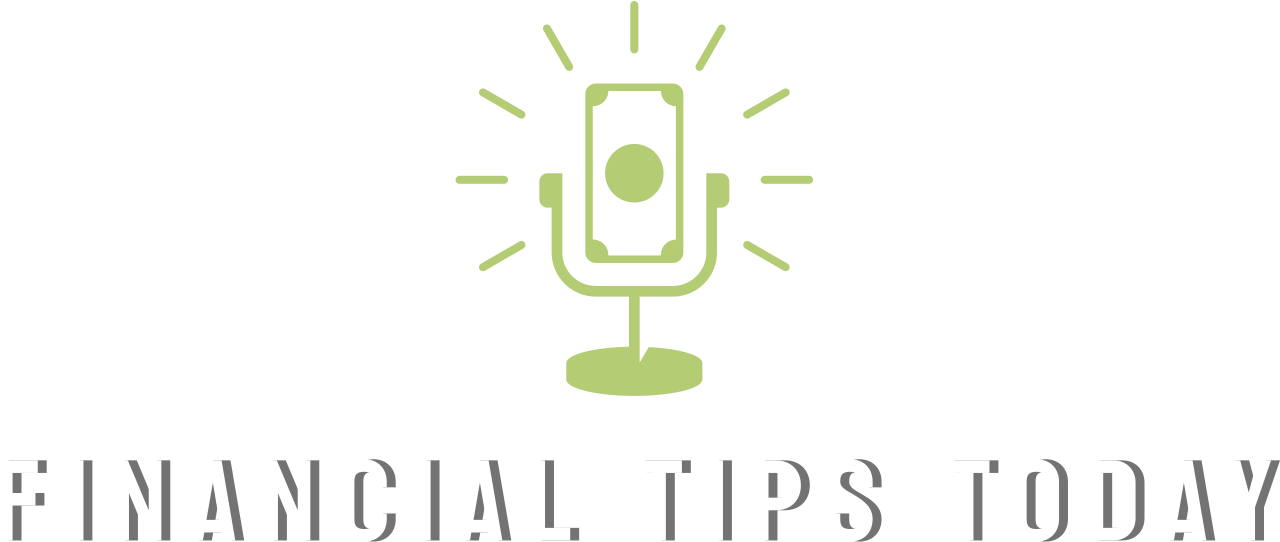In today’s gig economy, many people are turning to side hustles and freelancing to supplement their income, pursue their passions, or achieve greater financial freedom. While these opportunities can offer flexibility and extra cash, they also come with important tax responsibilities that are different from those of a traditional job. Understanding the tax implications of side hustles and freelancing is essential to avoid surprises and maximize your earnings.
Here’s what you need to know about taxes if you’re freelancing or working a side hustle.
1. You Are Considered Self-Employed
When you take on a side hustle or work as a freelancer, the IRS typically considers you self-employed. This means you’re responsible for reporting your income and paying taxes on it, even if your side gig is part-time or not your main source of income.
As a self-employed individual, you must file a tax return if your net earnings from self-employment are $400 or more in a year. This applies regardless of whether you receive a 1099-NEC (non-employee compensation) form or payment via other means such as cash or PayPal.
2. Self-Employment Taxes
One of the biggest tax differences between traditional employment and freelancing is the responsibility for self-employment taxes. When you’re employed by a company, your employer withholds Social Security and Medicare taxes from your paycheck. As a freelancer, you are responsible for paying both the employee and employer portions of these taxes, which total 15.3% of your net income (12.4% for Social Security and 2.9% for Medicare).
However, the IRS allows you to deduct the employer portion (7.65%) of self-employment taxes on your income tax return, which can help reduce your overall tax burden.
3. Estimated Quarterly Taxes
Since you don’t have an employer withholding taxes from your income, you’re required to pay estimated taxes throughout the year. These payments are made on a quarterly basis and cover both income tax and self-employment tax. The deadlines for these payments typically fall in April, June, September, and January.
If you don’t pay enough in estimated taxes, you could face penalties and interest, so it’s important to set aside money from each paycheck to cover your tax obligations.
How to Calculate Estimated Taxes:
- Estimate your total income and expenses for the year to calculate your net profit.
- Use IRS Form 1040-ES to determine how much you should pay in estimated taxes.
- Set aside 25-30% of your income to cover federal, state, and self-employment taxes.
4. Business Deductions and Expenses
One of the benefits of freelancing and side hustling is that you can deduct business-related expenses to reduce your taxable income. These deductions can significantly lower your tax liability by accounting for costs that are necessary to run your business.
Common Deductions for Freelancers and Side Hustlers:
- Home office deduction: If you use a portion of your home exclusively for work, you may be able to deduct related expenses, such as rent, utilities, and insurance.
- Office supplies and equipment: Costs for items like computers, printers, stationery, and other supplies can be deducted as business expenses.
- Marketing and advertising: Any money spent on promoting your business, such as website hosting fees, online advertising, or business cards, can be deducted.
- Travel and meals: If you travel for business purposes, you can deduct travel-related expenses like airfare, hotel stays, and meals. However, only 50% of meal costs are deductible.
- Vehicle expenses: If you use your car for business purposes (e.g., making deliveries or attending client meetings), you can deduct either actual vehicle expenses or take the standard mileage rate (65.5 cents per mile for 2023).
- Professional services: Fees paid to accountants, lawyers, or other professionals who assist with your business can be deducted.
It’s crucial to keep detailed records and save receipts for all business-related expenses. The IRS requires proper documentation to prove your deductions in case of an audit.
5. Self-Employed Retirement Plans
As a freelancer or side hustler, you won’t have access to an employer-sponsored retirement plan like a 401(k). However, there are several retirement plans available for self-employed individuals that offer tax advantages:
- SEP-IRA (Simplified Employee Pension): You can contribute up to 25% of your net earnings (up to a maximum of $66,000 in 2023) to a SEP-IRA. Contributions are tax-deductible, reducing your taxable income.
- Solo 401(k): A Solo 401(k) allows both employee and employer contributions, with a maximum contribution limit of $66,000 in 2023, or $73,500 if you’re 50 or older. Contributions are also tax-deductible.
- Traditional or Roth IRA: You can contribute up to $6,500 ($7,500 if you’re 50 or older) to a traditional or Roth IRA. Contributions to a traditional IRA may be tax-deductible, while Roth contributions are not deductible but grow tax-free.
These retirement accounts not only help you save for the future but also provide opportunities to reduce your taxable income today.
6. Health Insurance Deductions
If you’re self-employed and paying for your own health insurance, you may be eligible to deduct health insurance premiums for yourself, your spouse, and your dependents. This deduction can significantly reduce your taxable income, but it’s only available if you don’t have access to employer-sponsored health insurance through another job or spouse’s plan.
This deduction is taken as an above-the-line deduction, meaning you can claim it even if you don’t itemize deductions.
7. Reporting Income from Multiple Sources
Many freelancers and side hustlers have multiple clients or income streams. Each client that pays you more than $600 during the tax year is required to send you a 1099-NEC form reporting the payments made to you. However, even if a client pays you less than $600 or doesn’t provide a 1099, you’re still required to report all income to the IRS.
It’s essential to track all your income, regardless of whether you receive a 1099, to avoid underreporting, which can lead to penalties and audits.
8. Tax Planning for Multiple Income Streams
If you’re working a side hustle in addition to a full-time job, it’s crucial to plan for the combined tax impact of both income streams. Your side hustle income may push you into a higher tax bracket, increasing your overall tax liability.
How to Plan:
- Use your current salary and side hustle income to estimate your total tax liability.
- Adjust your W-4 with your employer to withhold additional taxes from your paycheck if necessary, reducing the amount you’ll owe at tax time.
- Track your side hustle expenses carefully to maximize your deductions and lower your taxable income.
9. Consider Hiring a Tax Professional
Filing taxes as a freelancer or side hustler can be more complex than filing as a traditional employee. If you’re unsure about deductions, estimated taxes, or how to handle multiple income streams, it may be worthwhile to hire a tax professional who specializes in self-employment taxes.
A professional can help ensure you’re taking full advantage of available deductions and credits while staying compliant with IRS regulations.
10. Be Aware of State and Local Taxes
In addition to federal taxes, you may be responsible for state and local taxes on your side hustle income. Some states also have specific tax requirements for freelancers, such as estimated tax payments or city-level business taxes. Be sure to research your state’s tax laws and plan accordingly.
Final Thoughts
Freelancing and side hustles offer great financial flexibility, but they also come with specific tax responsibilities that differ from traditional employment. By understanding self-employment taxes, taking advantage of business deductions, and making estimated tax payments, you can minimize your tax liability and avoid surprises come tax season.
Planning ahead, keeping accurate records, and seeking professional advice when needed can help you manage your taxes effectively and keep more of your hard-earned side hustle income.





 GOOGL
GOOGL  META
META
Leave a Comment